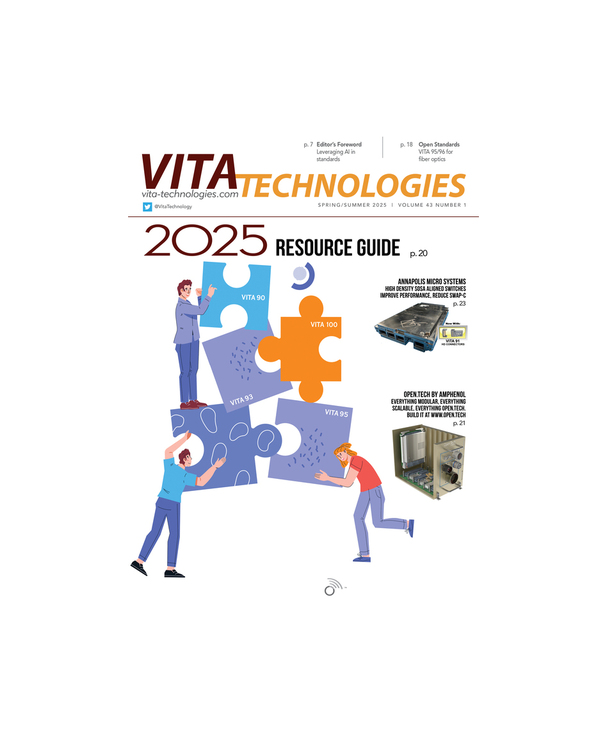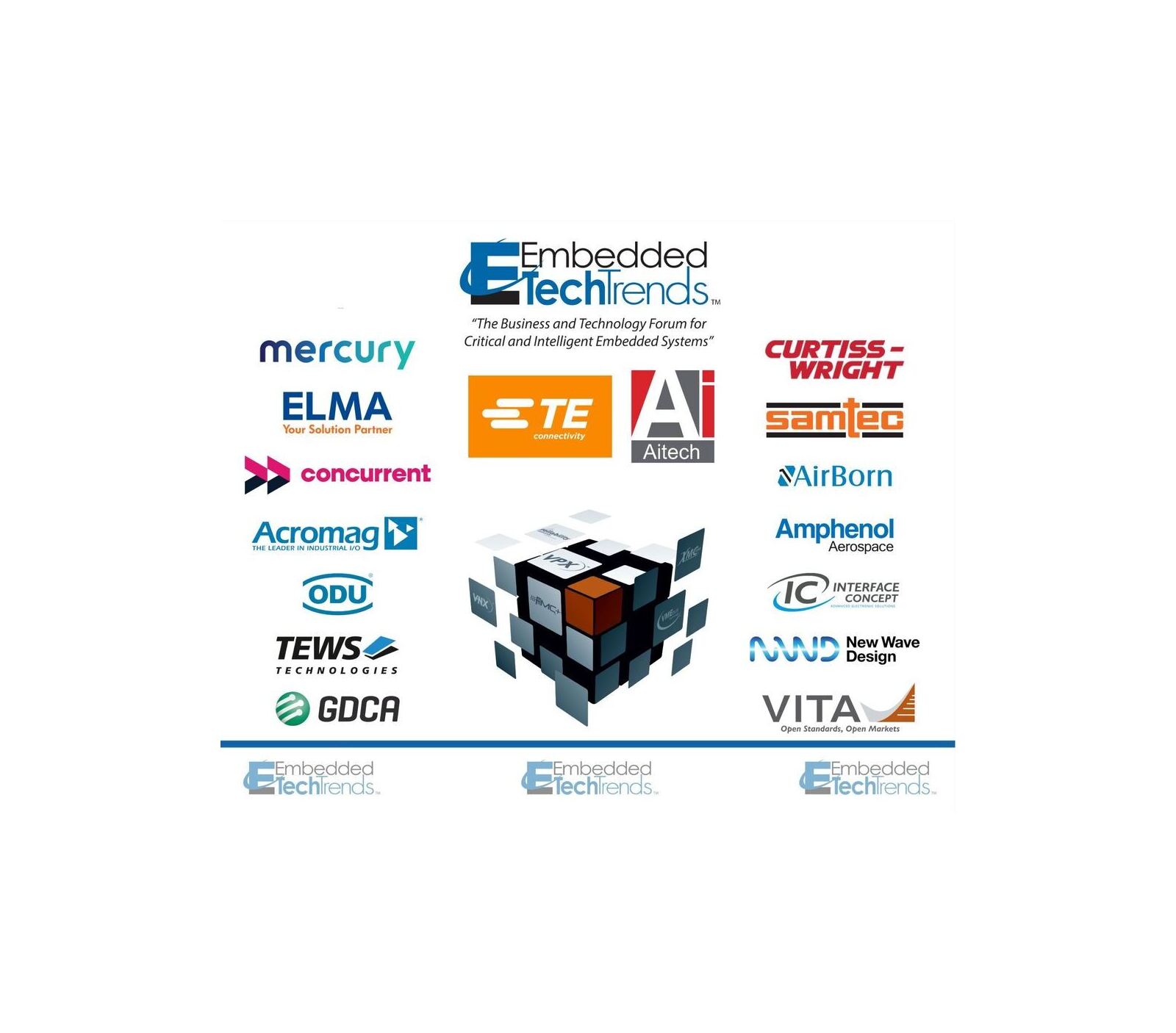VITA, the trade association for standard computing architectures serving critical and intelligent embedded computing systems industries, announces the ratification by ANSI of the third edition of the OpenVPX System Standard under ANSI/VITA 65.0-2017. This is a planned update to the architecture framework that defines system-level VPX interoperability for multi-vendor, multi-module, integrated system environments.
With this release the standard was enhanced to better support module coax and fiber-optic connections via blind-mate backplane connectors. Support for radial clocks, used in instrumentation applications, was also added. Several Slot, Backplane and Module profiles, many of which make use of radial clocks, coax connections and fiber-optic connections, were added. Profile option tables were moved to ANSI/VITA 65.1 as spreadsheets to provide a tool for developers and users to better understand the profile choices described in VITA 65 and make future maintenance of the standard easier. The working group additionally clarified several existing sections to improve consistency and usability of the standard.
“The OpenVPX VITA 65 working group has been extremely diligent in reviewing profile candidates and making usability improvements to OpenVPX,” stated Jerry Gipper, VITA Executive Director. “The community of suppliers and users have been working together to expand the capabilities of VPX to meet technology demands of today’s applications, making VPX a leading standard for high performance critical embedded computing systems.”
The VITA 65 working group is continually reviewing profile candidates for inclusion in the OpenVPX Standard as part of their mission to support it as a living document that adapts to changing technology.
VPX is gaining design wins in many data-intensive applications where performance in throughput and high-compute density (size) are critical factors. Applications in which VPX systems are deployed include signal and video processing, radar, communications, transportation, and control and management. As new applications for VPX emerge, new requirements sometimes mean that new profiles must be defined to help guide the interoperability points necessary for integrating module to module, module to backplane, and chassis. OpenVPX will continue to evolve and incorporate new fabric, connector, and system technologies.
Companies that develop VPX products are encouraged to contact VITA to join the VPX Marketing Alliance. For more information, visit the VPX Marketing Alliance website at www.vita.com/vpx.
The standard documents are available from VITA. Logos, roadmaps and other images are available upon request.
About VITA
Founded in 1984, VITA is an incorporated, non-profit organization of suppliers and users who share a common market interest in critical embedded systems. VITA champions open system architectures. Its activities are international in scope, technical, promotional, and user-centric. VITA aims to increase total market size for its members, expand market exposure for suppliers, and deliver timely technical information. VITA has ANSI and IEC accreditation to develop standards (VME, VXS, VPX, OpenVPX, VPX REDI, XMC, FMC, VNX, etc.) for embedded systems used in a myriad of critical applications and harsh environments. For more information, visit www.VITA.com.
VITA and the VITA, VMEbus Technology, VXS, VPX, OpenVPX, VPX REDI, XMC, FMC, and VNX logos are trademarks of VITA in the United States and other countries. Other names and brands may be trademarks or registered trademarks of their respective holders.








